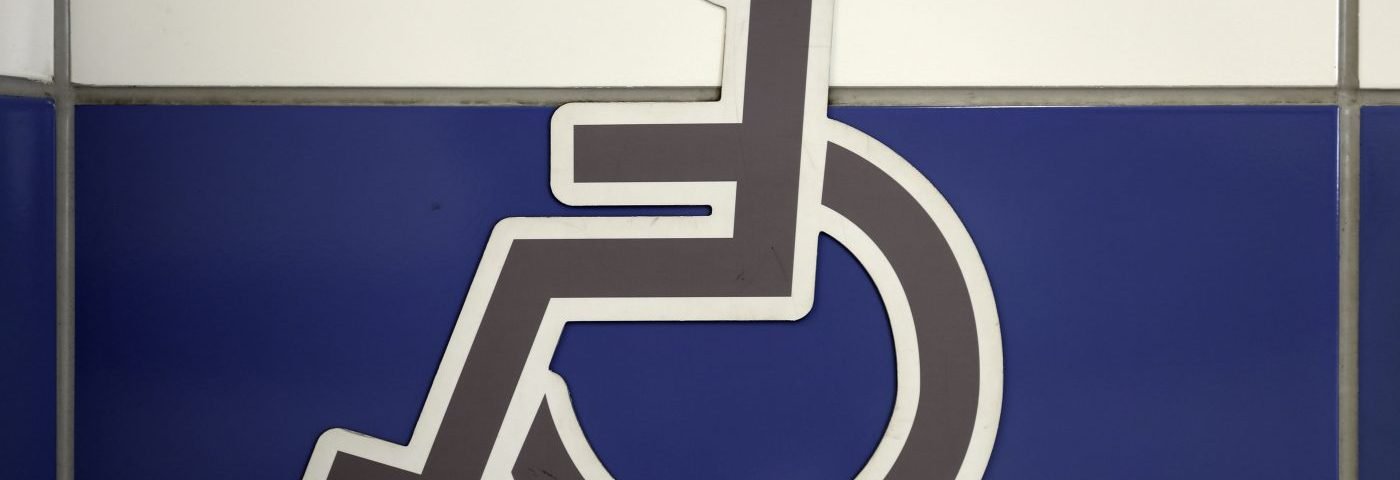Cerebral Palsy Foundation Videos Spotlight Accessibility in Home Design

The Cerebral Palsy Foundation (CPF) recently launched a novel initiative featuring a YouTube video miniseries and a design book spotlighting the residences of several disability advocates.
The launch of “Accessibility is Beautiful” was timed to Global Accessibility Awareness Day, May 16. The observance targets the design, development and related communities that build, shape, fund and influence technology and its use. The goal is to generate discussion about digital technology and the state of accessibility and inclusiveness among individuals with disabilities, including those with cerebral palsy (CP).
In particular, cerebral palsy affects a person’s ability to move and maintain balance and posture.
The CPF-developed miniseries follows designer and HGTV host John Gidding as he delves into a variety of architect-designed homes that adhere to universal design principles. Created in 1997 by a group of architects, product designers, engineers and environmental design researchers, the principles are: equitable use; flexibility in use; simple and intuitive use; perceptible information; tolerance for error; low physical effort, and; size and space for approach and use.
Located in a mix of geographic locales, the accessible homes meet the requirements of their owners’ specific needs. The miniseries is meant to illustrate how houses can be stellar works of architecture that also function well. The first episode, which explores city living, may be viewed here.
“Working on this project with the Cerebral Palsy Foundation has been an amazing experience, exposing me to architects leading the way in crafting spaces that welcome everyone,” Gidding said in a press release. “It has been eye-opening to visit these stunning homes and see firsthand the beauty of accessibility, the actual lifestyle upgrades provided by the principles of universal design, and how easy they are to implement.”
In addition, the CPF is offering a 40-plus-page Look Book, developed by universal design experts, to complement the miniseries. The glossy motivational book includes a universal design checklist for how to make houses and living spaces more accessible for all.
”Our Look Book provides a detailed view of all the features in each of the homes in the YouTube miniseries, and gives ideas that can be shared with architects and home designers alike,” said Rachel Byrne, CPF vice president of programs.
Along with disability advocates Pat Wright, Deb Zeyen and Karen Braitmayer, Leslie Haynes is one of the homeowners featured. She and Randy Earle, who uses a wheelchair, had moved from Boston to Seattle in 2006, but discovered the apartment that had been advertised as wheelchair-friendly lacked an entry ramp. Haynes found someone to build one. Later, amenities such as a custom grab bar on the kitchen island would be added.
”We found a team of experts who crafted a space that gave me back peace of mind, and allows my family to relax and flourish through smart, compassionate, universal design,” she said.
The Accessibility is Beautiful initiative is backed by CHUBB, a property and casualty insurance company.


